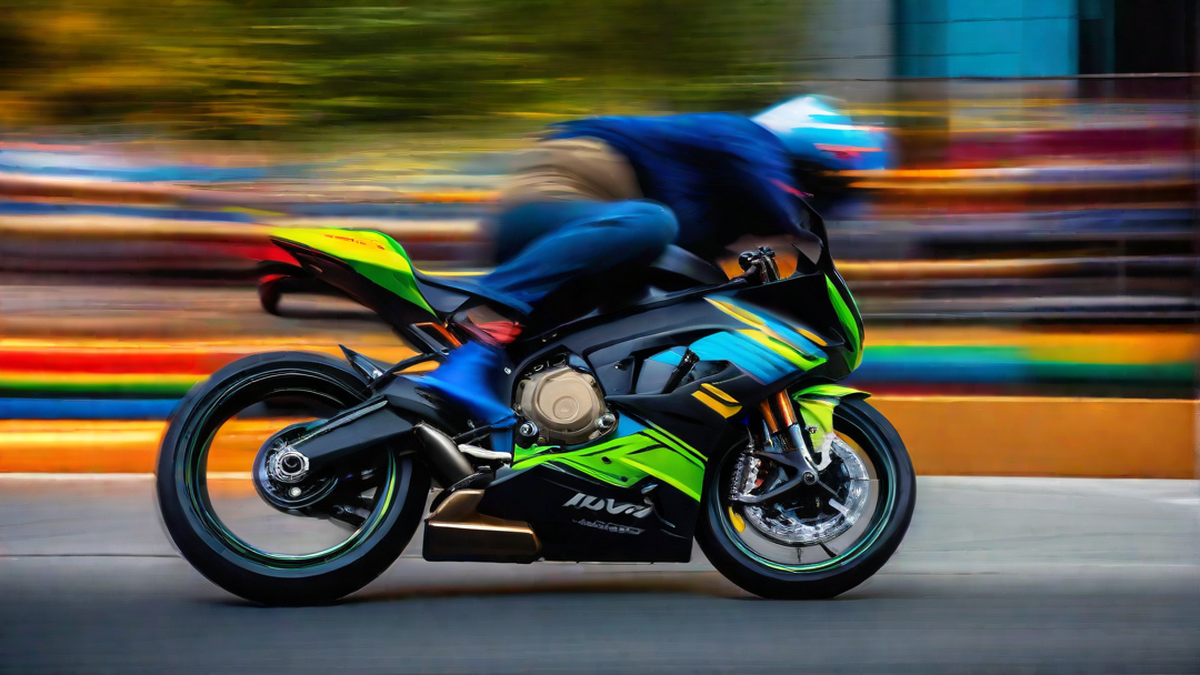Running is a fascinating sport that has captured my heart and soul. As an avid runner myself, I have always been intrigued by the question: how fast is running? In this article, I will dive deep into the world of running speed and explore the various factors that contribute to one’s pace.
The Basics of Running Speed
When we talk about running speed, we are usually referring to how quickly an individual can cover a certain distance. The speed at which someone runs is influenced by a multitude of factors, such as fitness level, training, biomechanics, and genetics.
It is important to note that running speed can vary greatly among individuals. Some people have a natural talent for speed, while others may need to work harder to improve their pace. However, with consistent training and dedication, anyone can enhance their running speed.
The Role of Fitness Level
A person’s fitness level plays a crucial role in determining their running speed. Regular cardiovascular exercise, such as running, helps improve lung capacity and efficiency, leading to increased endurance and speed. As the body becomes fitter, it can deliver more oxygen to the muscles, allowing them to work harder and faster.
Strength training is also essential for improving running speed. Strong muscles provide more power and stability, allowing for a more efficient stride and faster pace. Incorporating exercises like squats, lunges, and plyometrics can help develop the necessary strength for speed.
Training and Technique
Training is a key component in maximizing running speed. By following a structured training plan that includes a mix of endurance runs, speed workouts, and recovery days, runners can improve their overall pace. Interval training, where short bursts of intense effort are alternated with periods of recovery, is particularly effective in increasing speed.
Technique also plays a vital role in running speed. Efficient running form involves a slight forward lean from the ankles, a relaxed and upright posture, and a quick turnover of the legs. By focusing on proper form and stride mechanics, runners can optimize their speed and reduce energy wastage.
Biomechanics and Genetics
Biomechanics refers to the study of how the body moves during physical activity. Individual biomechanics can influence running speed, as factors such as leg length, hip mobility, and foot strike impact overall efficiency. While some aspects of biomechanics can be improved through strength and flexibility training, certain elements are determined by genetics.
Genetics also play a role in determining an individual’s running speed potential. Some people are born with a higher proportion of fast-twitch muscle fibers, which are responsible for explosive movements and speed. However, it’s important to remember that genetics are not the sole determinant of running speed, and with the right training and mindset, anyone can improve their pace.
In Conclusion
Running speed is a complex and multifaceted topic that is influenced by various factors. Fitness level, training, technique, biomechanics, and genetics all play a role in determining how fast a person can run. With consistent training, proper form, and a focus on improving overall fitness, anyone can strive to reach their full running speed potential. So lace up your shoes, hit the pavement, and see how fast you can go!

